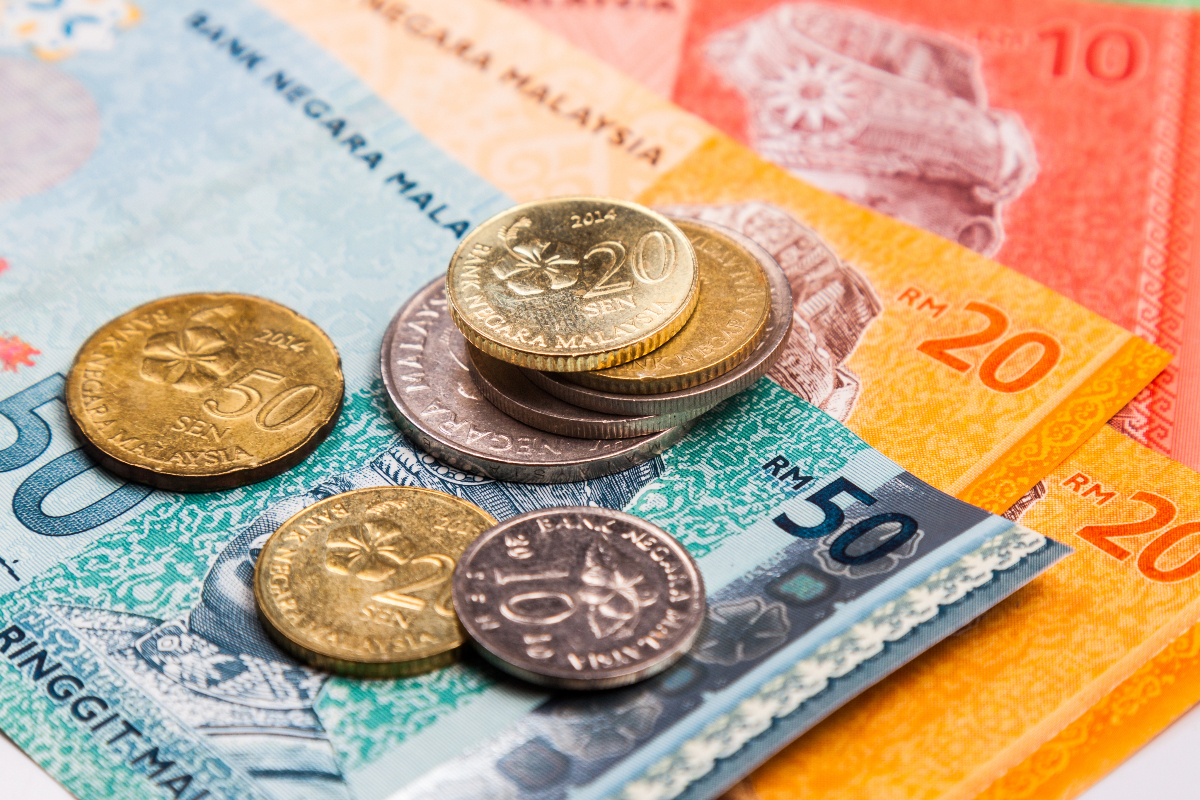Ways To Teach Money Skills in Special Education
These skills should also be practised in a natural setting (making an actual transaction).
Money skills in special education help students understand the concept of using money and are also a good preparation for being independent in their daily lives.
These skills are not only limited to classroom learning but should also be practised in a natural setting (making an actual transaction).
Here are some methods that I used to teach my students money skills:
1. Identify (write, tell, and give)
First, students must be able to identify the single notes.
They should be able to write, tell and give the correct amount of money. These are the basic skills required to move on to the next step.
Here are some worksheets I use for my students:
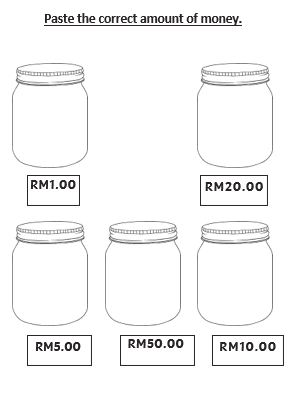
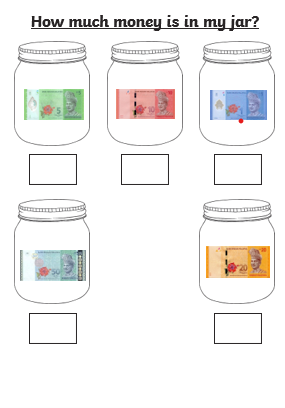
2. Adding notes and coins
Students must be taught to skip count before continuing with this step.
- Start by adding two notes.
- Once the student is confident, you may increase the level by adding three notes.
Activity for adding 2 notes:
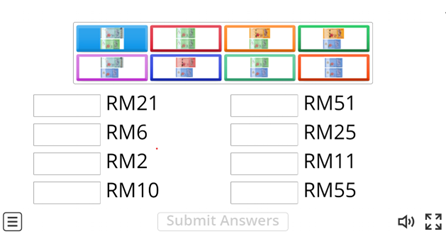
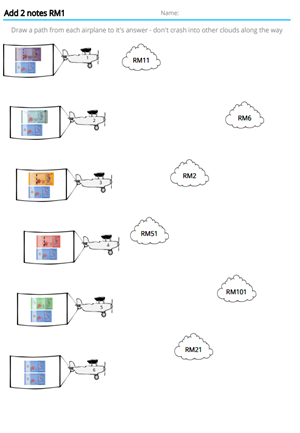
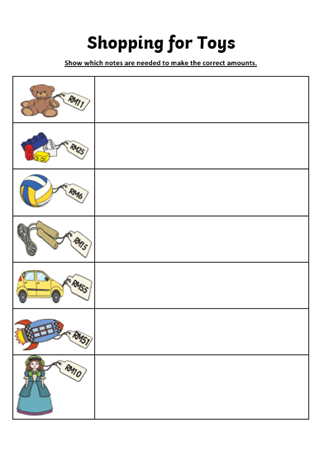
3. Transfer budget
Once the students can identify and add notes and coins, it is time to determine whether their money is sufficient to purchase a specific item.
Some practice activities for the students:
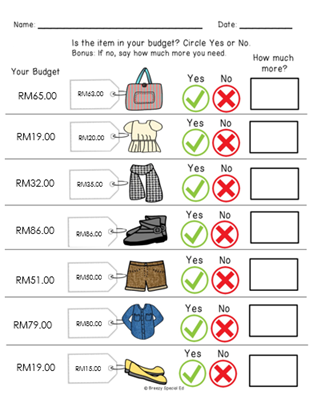
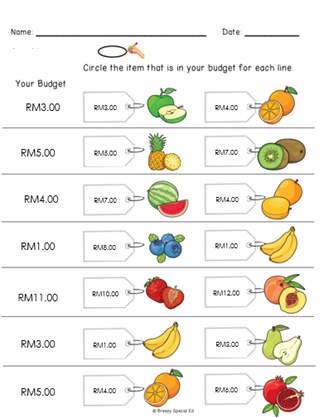
Shopping role-play (classroom and the store)
While they learn to identify, add, and transfer their budget, role-play classroom activities will help them apply their skills in a natural setting.
Allowing them to practice their skills in a natural setting is crucial, as experiential learning will positively contribute to a student’s development.
By Yusnorita Md Isa
Teacher

